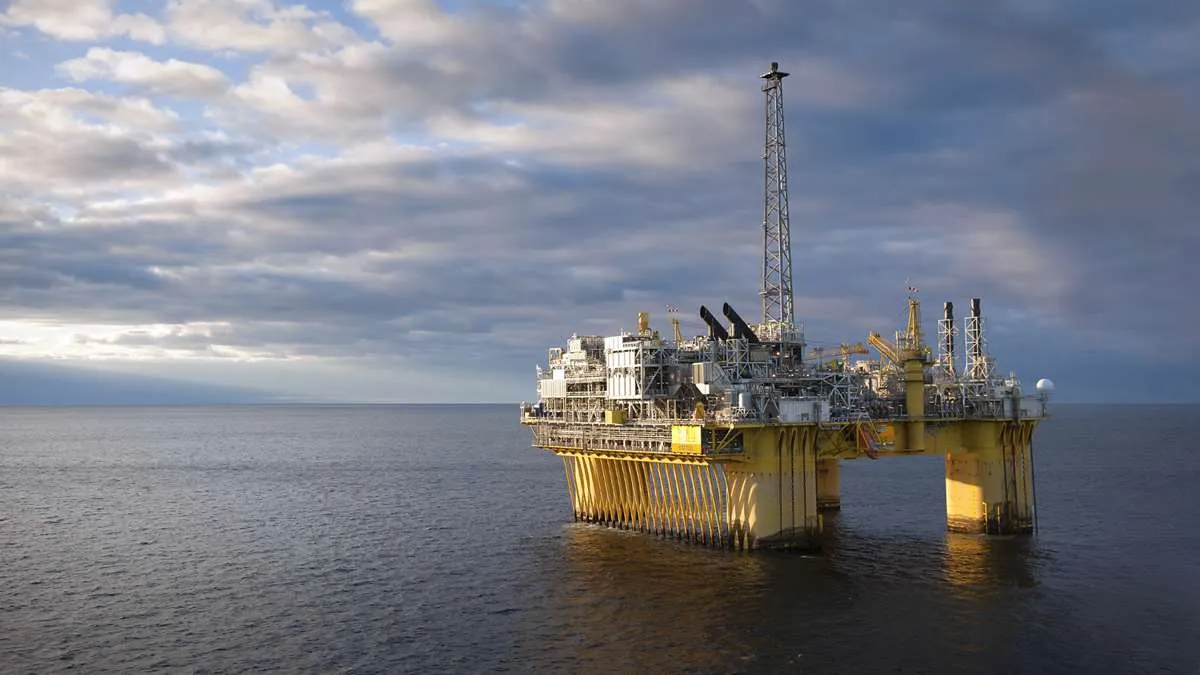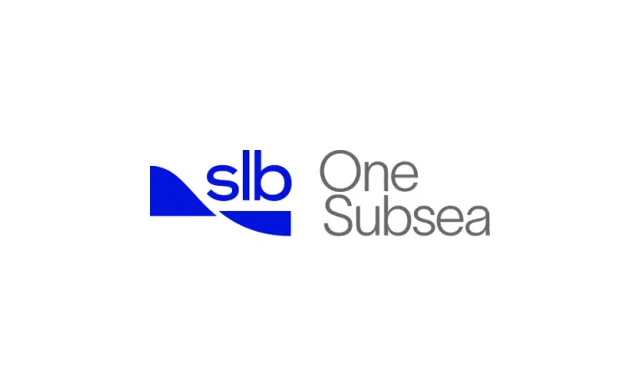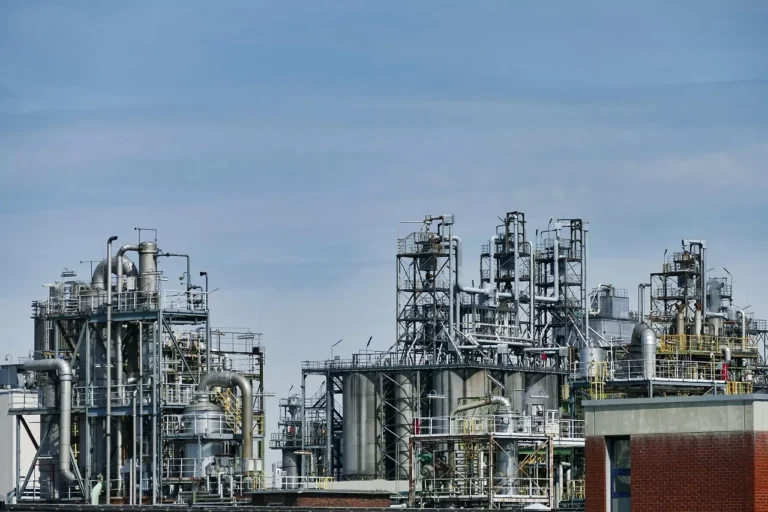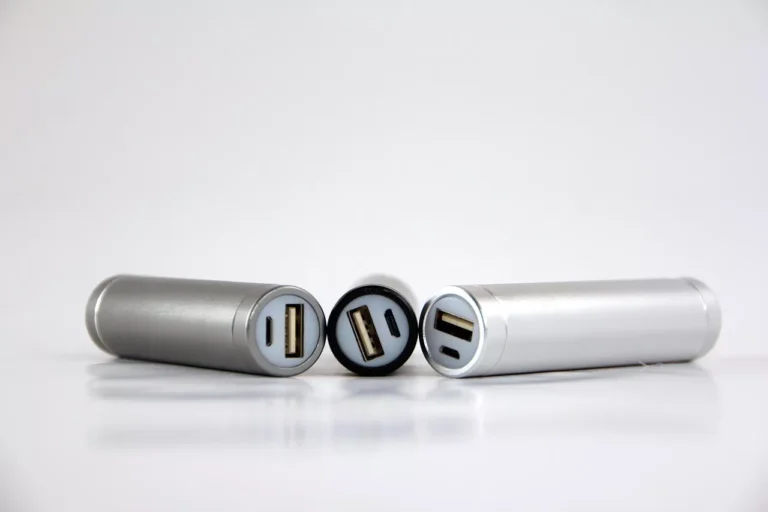
SLB OneSubsea Secures Landmark EPC Contract from Equinor for Fram Sør Development, Pioneering First Large-Scale All-Electric Subsea Production System
Global energy technology company SLB announced today that its OneSubsea™ joint venture has been awarded a significant engineering, procurement, and construction (EPC) contract by Equinor for the development of a 12-well, all-electric Subsea Production System (SPS) in the Fram Sør field, offshore Norway.
This contract represents a groundbreaking step in subsea technology, as the Fram Sør development will become the world’s first large-scale all-electric subsea production system. It underscores the ongoing transformation of offshore oil and gas operations toward lower-carbon, more efficient, and future-ready solutions, while also enhancing the resilience of Europe’s energy supply.
A Year-Long Collaboration Leading to FID
The EPC contract award is the result of a collaborative, year-long Front-End Engineering Design (FEED) phase between Equinor and SLB OneSubsea. During this phase, both companies worked closely to mature the project, align technical approaches, and evaluate cost-efficient development strategies.
The culmination of this work was Equinor’s final investment decision (FID) and the submission of a plan for development and operations (PDO), which now awaits regulatory approval. The strong cooperation between the operator and its technology partner enabled a smoother path from concept to project sanction, reflecting a growing trend in the offshore industry to prioritize integrated partnerships and front-end collaboration to de-risk developments.
Scope of the EPC Contract
Under the terms of the EPC award, SLB OneSubsea will deliver four subsea templates and 12 all-electric subsea trees. Unlike traditional subsea systems that rely on hydraulic fluid supplied by the host platform to control valves and equipment, this all-electric system removes the need for hydraulic infrastructure altogether.
The benefits of an all-electric subsea solution are multifold:
- Reduced topside modifications: With no hydraulic support systems needed, the load on the host platform is minimized.
- Lower operational complexity: Electric actuation enables simpler operation, maintenance, and monitoring.
- Improved environmental performance: Eliminating hydraulic fluids removes the risk of fluid leaks into the marine environment, aligning with stricter sustainability goals.
- Cost savings and expansion potential: Less space and weight are required on the host platform, leaving room for future tiebacks and additional expansion projects in the area.
This system marks a clear shift from conventional hydraulic-based technology toward digitally enabled, lower-impact subsea solutions.
A Breakthrough for the Subsea Industry
In announcing the contract, Mads Hjelmeland, chief executive officer of SLB OneSubsea, emphasized the project’s pioneering role:
“Fram Sør is a breakthrough project for our industry — marking the first large-scale all-electric subsea production system. Not only do all-electric subsea solutions significantly reduce topside needs to make large-scale tiebacks such as the Fram Sør development possible, but they also hold the key to unlock more marginal resources through their reduced footprint and simplified operations.”
Hjelmeland’s statement highlights the transformative potential of electrified subsea production, which could become the industry standard for future offshore developments, particularly in mature basins where maximizing resources efficiently and sustainably is essential.
Contribution to European Energy Security
The Fram Sør field will be developed as a subsea tieback to the Troll C platform in the North Sea, one of the most strategically important energy hubs on the Norwegian Continental Shelf (NCS).
The tieback approach allows new resources to be developed without building a standalone platform, reducing cost and emissions while ensuring efficient use of existing infrastructure. Given that Troll C is already a cornerstone of Norway’s offshore production, the integration of Fram Sør will further strengthen energy security for Europe.
This development comes at a critical time, as European nations seek to secure reliable, lower-emission energy supplies to balance the ongoing transition to renewables. By leveraging Norway’s hydro-powered grid to supply electricity to Troll C, the Fram Sør production will have one of the lowest carbon footprints in the global oil and gas sector.
Why All-Electric Subsea Systems Matter
The adoption of all-electric subsea systems represents a paradigm shift in offshore engineering. Unlike hydraulic systems that rely on pressurized fluids to operate valves and chokes, all-electric systems use electric actuators and advanced digital controls.
Key advantages include:
- Environmental Protection – By removing hydraulic fluids, there is zero risk of fluid discharge into the ocean, aligning with stricter offshore environmental regulations.
- Operational Efficiency – Electric systems enable real-time digital monitoring and can integrate seamlessly with advanced data and automation platforms.
- Extended Reach – Electrical signals travel farther and faster than hydraulic pressure, allowing tiebacks from greater distances and opening up new development opportunities for marginal fields.
- Lower Costs Over Time – Reduced maintenance and simplified infrastructure mean lower total cost of ownership, even if initial installation costs are comparable to traditional systems.
For operators like Equinor, this innovation is critical in ensuring that new developments are financially viable, environmentally responsible, and technologically advanced.

The Role of SLB OneSubsea
SLB OneSubsea is a joint venture between SLB, Aker Solutions, and Subsea 7. It specializes in subsea production, processing, and systems integration, aiming to deliver technology-driven solutions that lower the carbon intensity of offshore production.
The company has increasingly focused on electrification, digitalization, and modularization of subsea infrastructure. The Fram Sør award demonstrates how OneSubsea’s technology is being recognized as a market leader in next-generation subsea development strategies.
By securing this contract, SLB OneSubsea is positioning itself at the forefront of the energy transition within offshore oil and gas, helping operators continue to meet global energy demand while reducing emissions intensity.
Regulatory Path Ahead
Although the EPC contract has been announced, execution will only proceed following regulatory approval of Equinor’s Plan for Development and Operation (PDO). In Norway, PDO approval is a critical step that ensures projects comply with both technical safety standards and environmental regulations.
Given Equinor’s strong track record in sustainable offshore development and the Norwegian government’s strategic interest in maintaining energy exports, the Fram Sør PDO is expected to receive approval, paving the way for project execution in the near future.
A Milestone for the Norwegian Continental Shelf
The Fram Sør development is more than a single project; it signals the direction of future offshore developments on the Norwegian Continental Shelf. Norway has long been a leader in offshore innovation, from pioneering subsea production in the 1980s to electrifying platforms in the 2000s. Now, with Fram Sør, it is once again setting a global benchmark by deploying the first large-scale all-electric subsea system.
As Norway seeks to balance its role as a major exporter of hydrocarbons with its ambitious climate goals, innovations like Fram Sør highlight how technology can bridge the gap between meeting current energy demand and transitioning toward a lower-carbon future.










